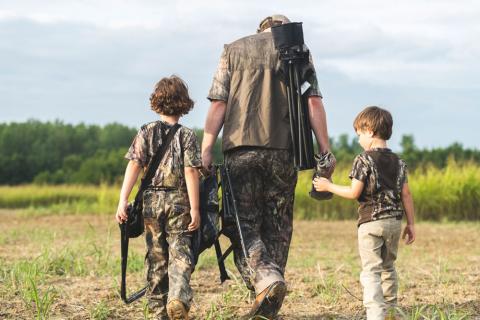David Hawkins
Doves are considered as migratory birds and thus come under the purview of the United States Fish and Wildlife Service. Doves are the most hunted migratory birds in the United States. Each state where dove hunting is allowed is given a basic framework consisting of a number of days, a bag limit and other criteria to work within. The state then has the option of splitting the days into early and late seasons and setting the opening day. In Mississippi for instance, the season typically opens on the Saturday or Sunday before Labor Day, allowing hunters that long weekend to get the most wing shooting action. Later seasons are split and usually coincide with the migration of larger birds which nest in the Upper-Midwest. Early season birds are usually smaller, local birds just a few months old.
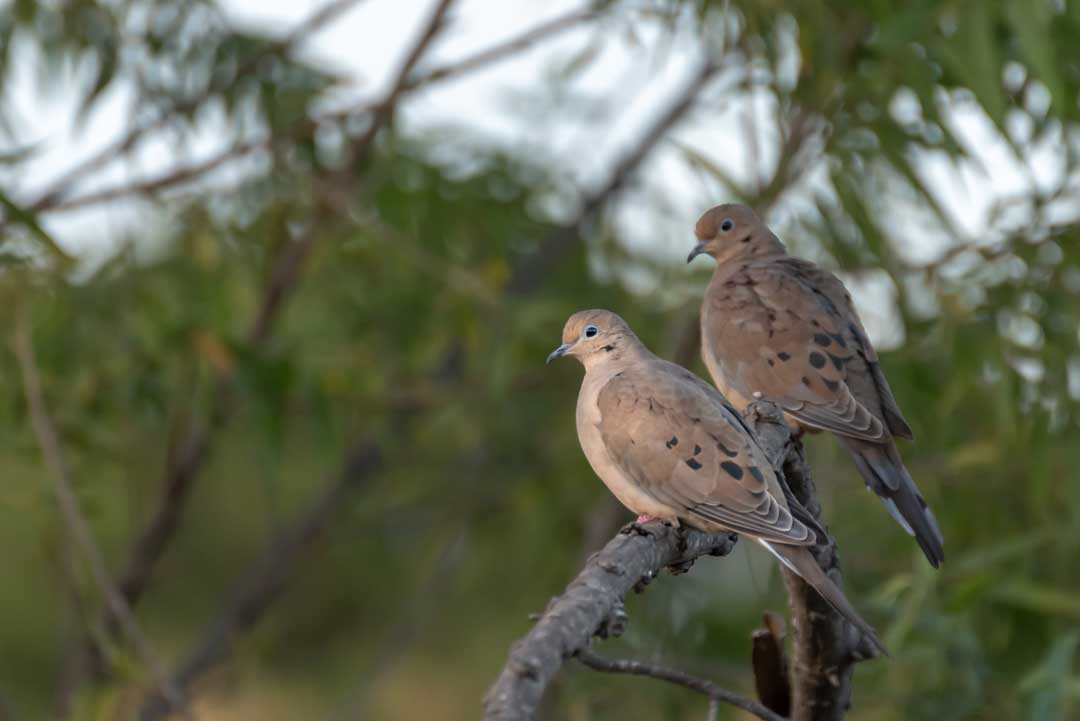
Dove Season
In the South, dove season is considered “the unofficial end of summer” and beginning of fall. It coincides with the beginning of college football season and, for many, is just a good time to start “tailgating.” In much of the country, and especially in the South, dove season is as much a social event as it is a hunting opportunity.
Some hunts start at sunrise while others follow a long-entrenched tradition that holds the shooting until the afternoon hours. Before and following the hunts are the time to party, practice, and socialize. It’s also a time to catch-up with old friends. Serious libations are always reserved for after the guns are cased for the evening.
Understanding Doves
Doves are sight feeders, meaning they actually search a field for edible grain before going in for the meal. The speedsters also like to have water nearby where they can drink in relative peace. They will favor a clean bank or sandbar in an effort to easily see and avoid predators. While feeding, they will pick up grit for their crops, as all birds do.
Doves are social creatures to a point and flock together in loose social groups. This allows them to be decoyed relatively easily. Being loafers, the birds will look for a barren tree, power line or fence where they can rest, digest their meal and scout for another. The tree doesn’t have to be very tall; in fact, a few decoys affixed to an old TV antenna will suffice.
As the season approaches, hunters can get a feel for how the hunting will be by checking for loafing doves bunched on power lines that crisscross farm country. Finding a “loafing tree,” ample food and nearby water will guarantee a hunter some shooting opportunities on any given day.
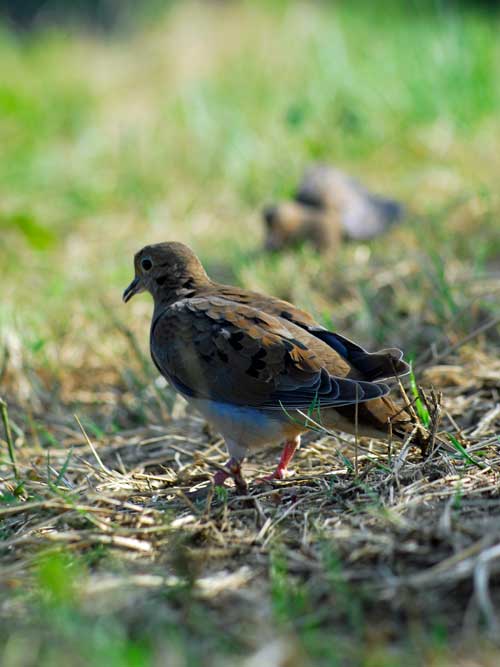
Creating a Dove Field
For the gamekeeper wanting a great dove field, a little planning goes a long way. Consider a strip-planting scenario with soybeans and corn, millet, sorghum, iron clay peas and other grains. Most any sized field will do as long as water and loafing trees are at hand. By staggering the harvest/manipulation of the crops the land manager is providing a steady supply of dove rations. As the season progresses, the land can be broken and replanted in fall deer food. A top-sowing of wheat, rye or clover is a normal agricultural practice that will keep the birds coming back. Remember the Federal guidelines: doves may be attracted, but NOT baited.
The Culture of Dove Hunting
A well planned and expertly supervised hunt is a thing of beauty. Hosts will often drive golf-carts or ATVs laden with water, sports drinks, snacks and even extra shells along a line of standers so that none are thirsty, hungry or out of shotgun fodder. On hot days, the host might also retrieve and keep a running tally of the number of birds killed. There are some who contend this is not really hunting, but rather pass shooting. I refuse to take a side in that argument and enjoy the first foray with eager anticipation. My shooting ability always seems to come lacking a little in the end, but then there’s always the next time.
Charity hunts are allowed with hunters/shooters reserving places well in advance of the opening day. Some states plant and prepare public fields, where for a small fee a hunter gets a “stand” for several weekends or weekday opportunities. Churches, hunting clubs, private schools, local fire departments and civic clubs are just a part of the list of charitable hunts one might find. Sometimes the birds are flying and sometimes shooting is a little thin. You just get the luck of the draw on any given day.
One such hunt is held near Selma, Alabama where the Marion Military Academy turns young men and women into potential leaders of our nation. The dove hunt associated with the annual fundraiser is definitely top-drawer. Shooters come in from across the country to enjoy the food, music and fellowship. Perhaps they may connect with a few doves as well.
A tractor pulling a hay trailer with the hunters circles the harvested soybean field, stopping at safe intervals to allow a hunter or several hunters to disembark and find their best vantage point. Some found clumps of head-high weeds where they stomped out a place to set a shooting stool. Others stood next to small trees so to break up their outline to passing birds. As the guns fall silent the tractor again makes its rounds gathering the hunters for the return trip to the Big House for food, fun, fellowship and an SEC football game on a big-screen TV.
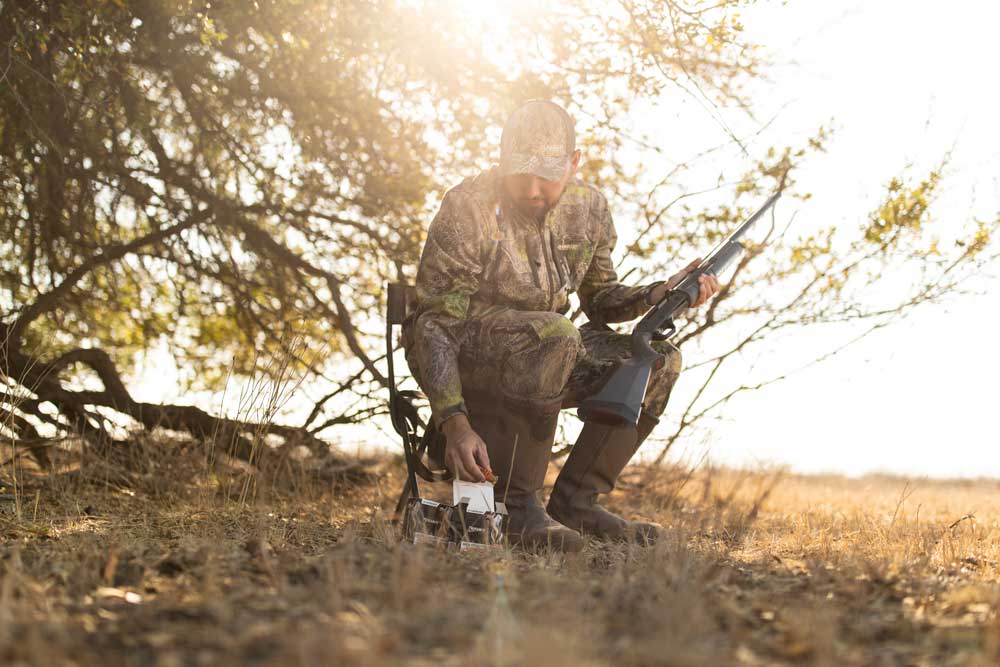
Knowing the Dove Hunting Laws
Every hunter needs to be aware of the federal and state laws as they apply to migratory birds. Shotguns need to be plugged to allow no more than three rounds in the firearm at any point in time. Where waterfowl may be feeding, non-toxic shot is required.
Perhaps the most important phrase in dealing with dove hunting is “normal agricultural practice.” Hunting a “baited” field can cost you serious cash, court costs and the suspension of hunting privileges. Hunting in a freshly harvested corn field is fine, but if the corn is piled, placed, or poured out, you may find yourself with a ticket. The responsibility for compliance falls on the hunter, not the landowner or hunt master.
At the Alabama hunt, (mid-November) we hunted recently harvested soybean fields. There were plenty beans left to attract the doves, as well as natural seed from wild weeds such as sicklepod and morning glory. The remnants of a stand of sunflowers stood forlornly with heads bowed and denuded of seed but passing doves found them interesting enough for investigation. A group of thee hunters found the spot to their liking and were managing to work steadily on the daily limit of 15 birds each. The three generations of one family where light hearted and used the hunt as an opportunity to make good memories.
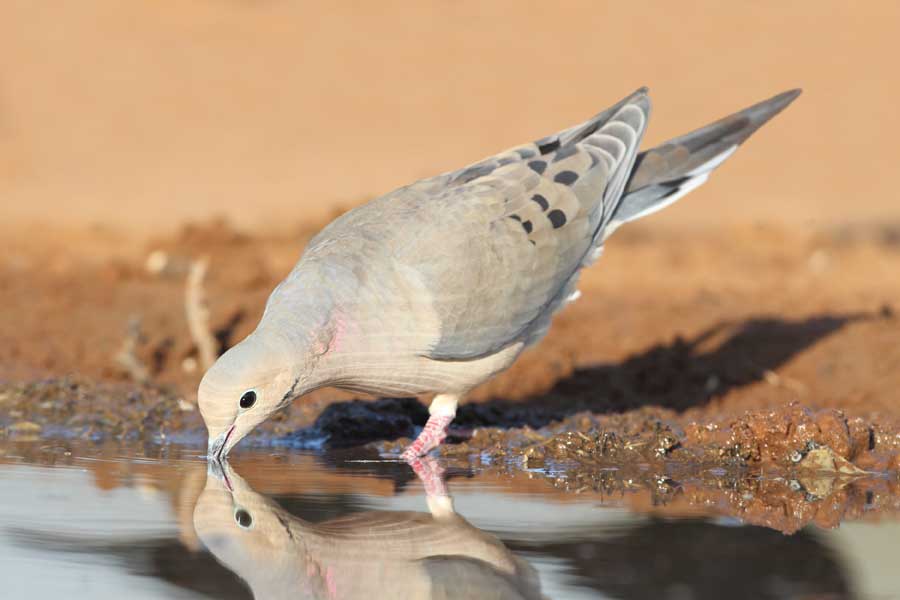
Opening a Dove Field to the Public
For the gamekeeper thinking of opening a field to the public, there are many things to consider before the first shot is fired. In almost every case the state Department of Wildlife offers guidelines and may even cover the cost of the field and manage the hunt. It’s worth a call to find out. In Mississippi, for instance, Mississippi Department of Wildlife, Fisheries and Parks will lease your field, sign up hunters, assign stands and pretty much run the hunt. The public can apply for blocks of days within the season structure during which to hunt. Except for sweat equity the landowner does little for a check in the mail.
A landowner may choose to allow a third party to run the show, as is the case of the Marion Military Institute. They handle the paperwork and the hunt is more restrictive as only a certain number of guns are allowed. Tickets are sold for the hunt itself and additional tickets are sold for the social events that precede and follow the shooting time. Make no mistake, MMI looks to make a profit from the event, but much of the labor in preparing the field and are volunteers, parents or alumina.
Prior to any activity on private land, a consultation with an attorney concerning liability should be high on the list of priorities. The number of guns, shooting hours, and even parking are among the dozens of other things to consider. This, all on top of insuring your field meets critical state and federal legal requirements. It is wise to visit several pay for the privilege dove hunts before opening your own field to the public.
Firearms for Dove Hunting
Firearms for dove shooting are as varied as the people who take up the sport. Every type and gauge of shotgun is allowed as long as they are modified (plugged) to hold no more than three rounds. Naturally “punt guns” are illegal, not to mention impractical. Unlike duck and turkey hunting, no manufacturer produces a “dove gun.” In my 50-plus years, I’ve seen everything from a single shot “Iver Johnson .410” to a rare “Pigeon Grade Model 12” in 28 gauge. Many hunters press into service those same guns they use for other fowl. Interchangeable choke tubes and a plethora of shot shell options make this possible.
It’s wise to at least pattern the gun/shot shell combination before going afield. A couple of rounds of skeet will sharpen any shooter’s ability, as will a round of sporting clays. Opt for the most options in bird flight, as these early season speed-demons can present a challenging target. Some organized hunts will offer the shooter the option of a few practice shots before going to the field.
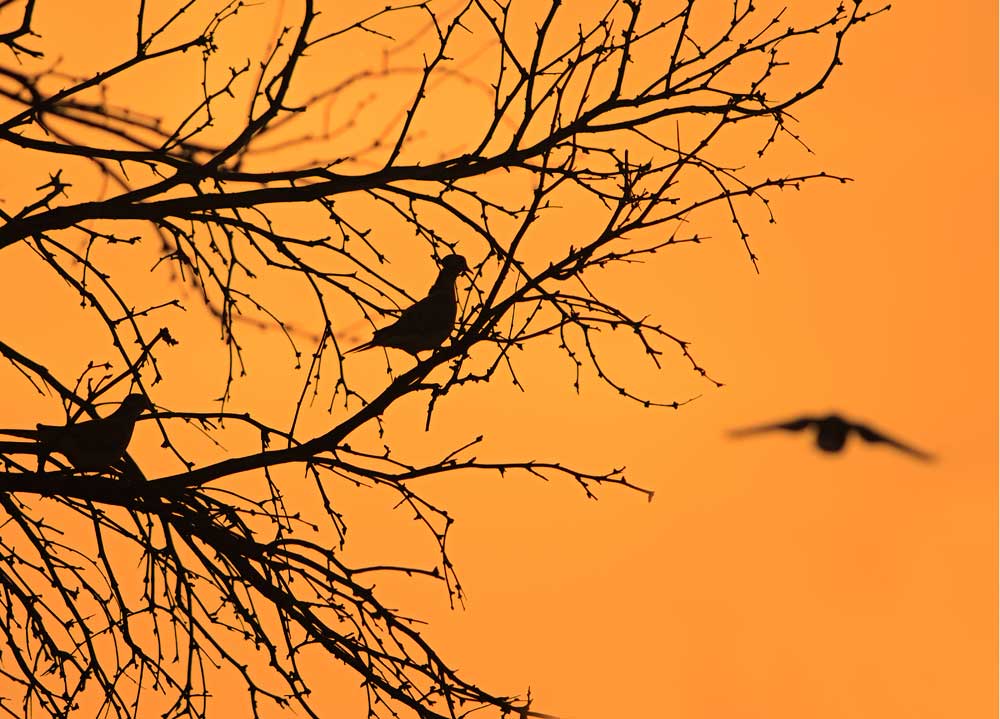
Building Your Own Clay Target Range
There is no perfect gun/choke/round for every situation, just the best for those most encountered. Expect most of your shots to be roughly 35 yards in a crossing pattern and you won’t be disappointed. Shot sizes vary little, as #7-1/2 and #8 get the most nods. Winchester, Remington and Federal offer “dove and quail field load” specials during late summer. Big box stores usually offer great deals on cases so the family that shoots the same gauge saves money with bulk buying.
It was frenzied dove shooting that led to shot shells being different colors. A shooter can quickly identify a “yellow 20-gauge” and not drop it in a larger bore where it could lodge and cause an obstruction.

















